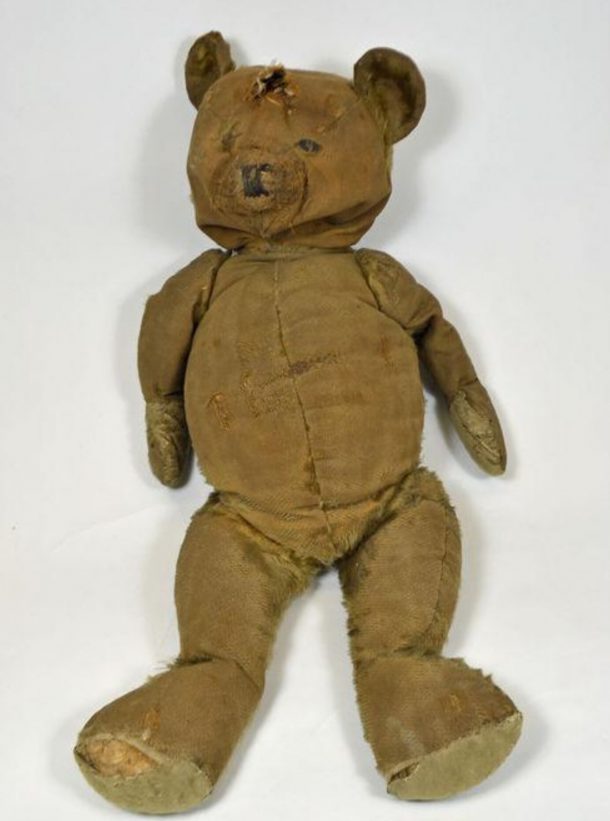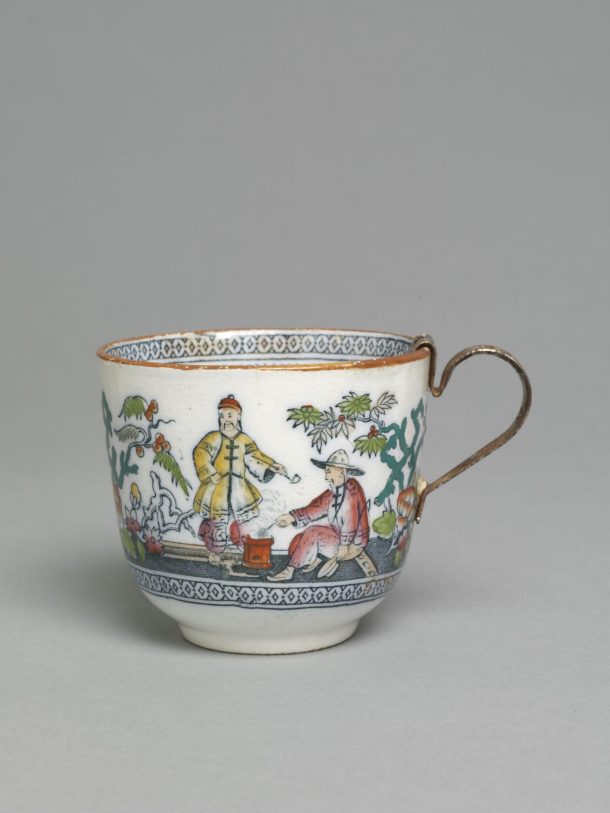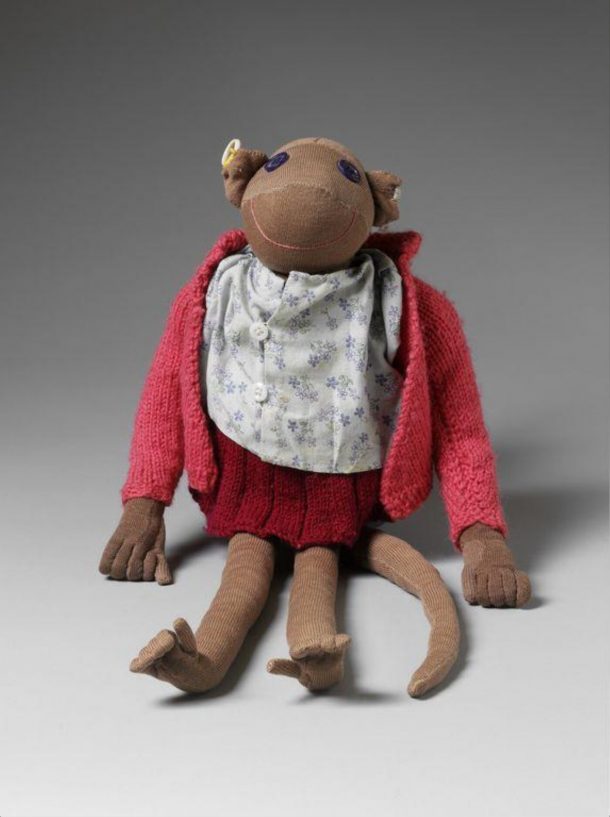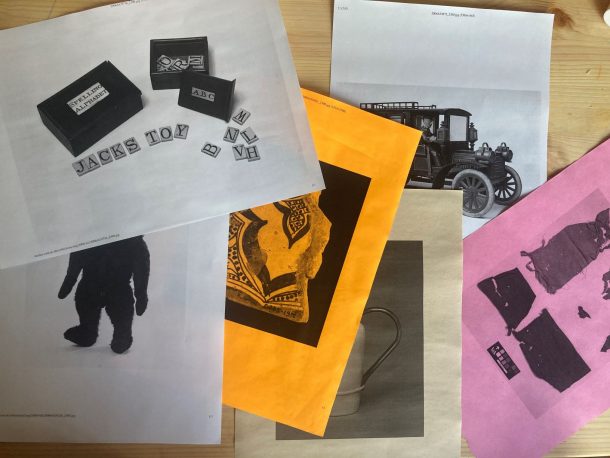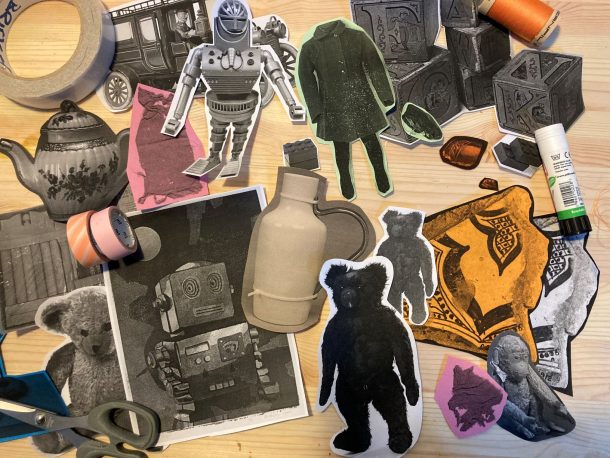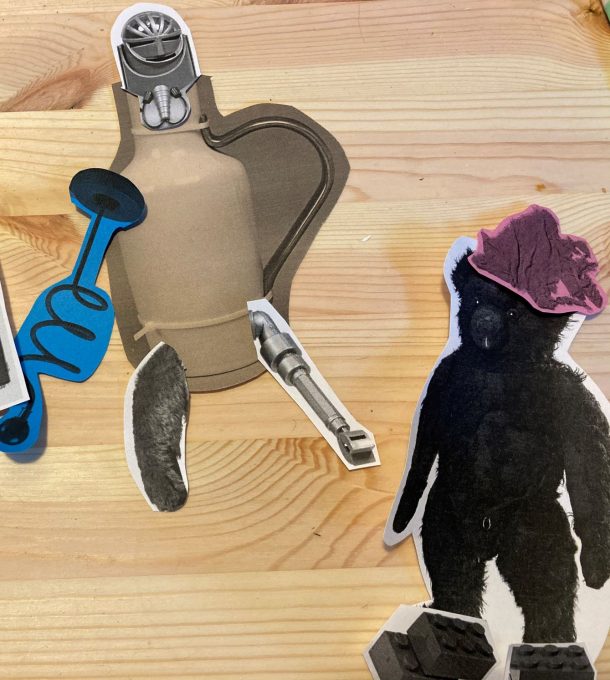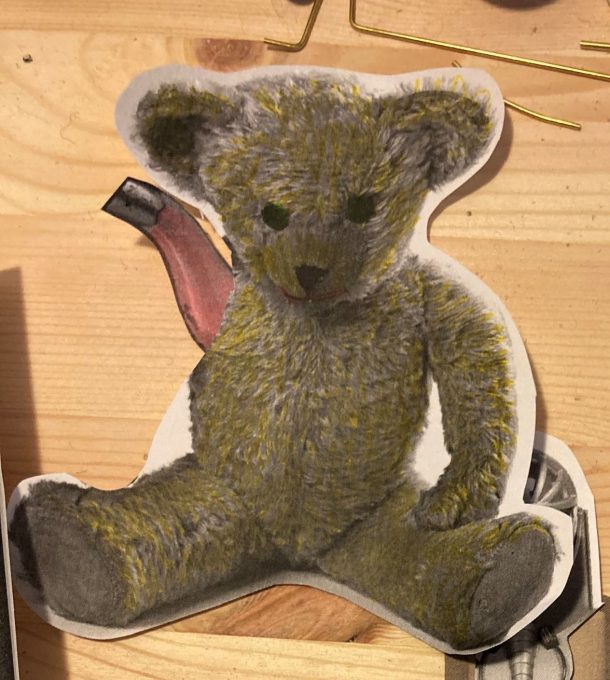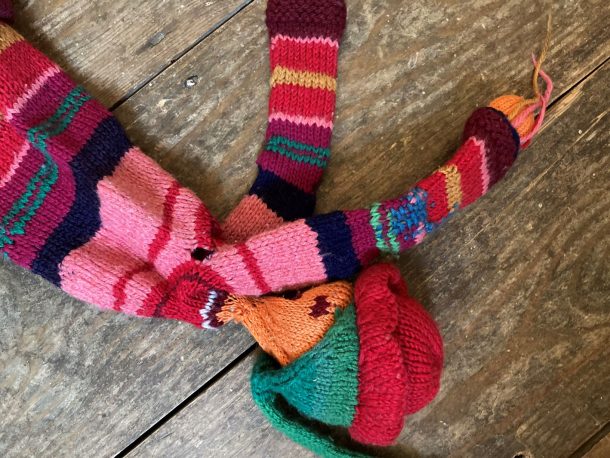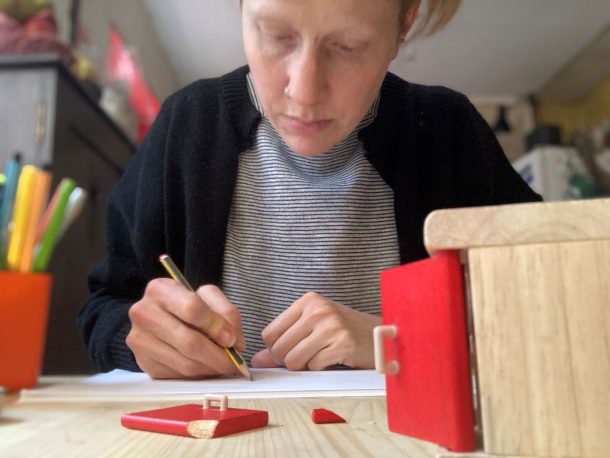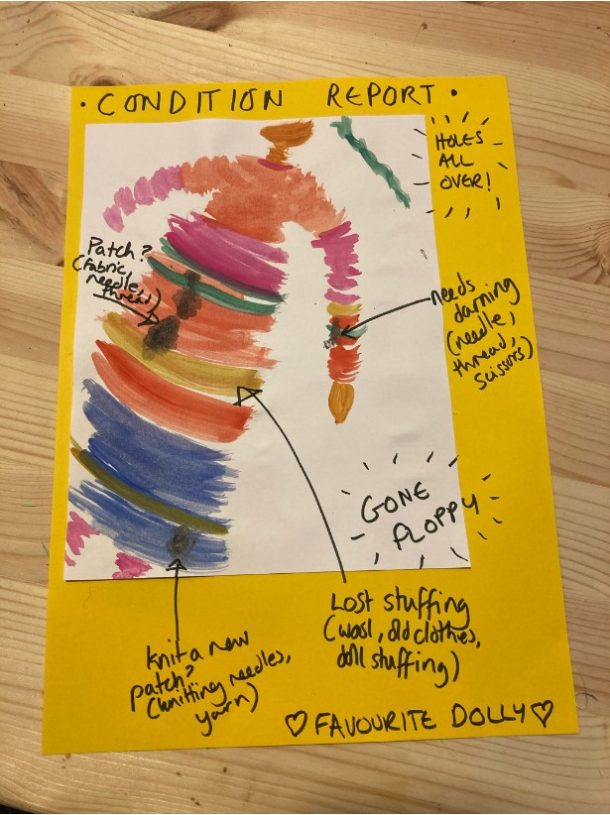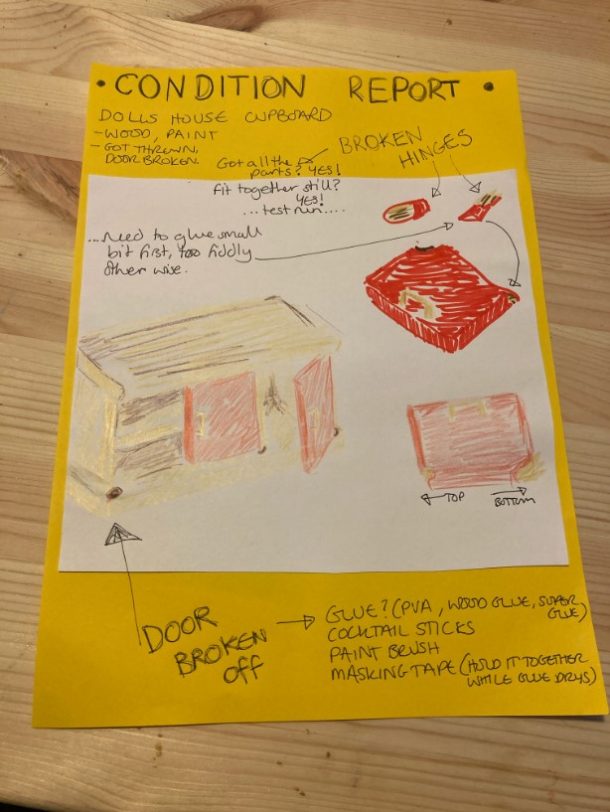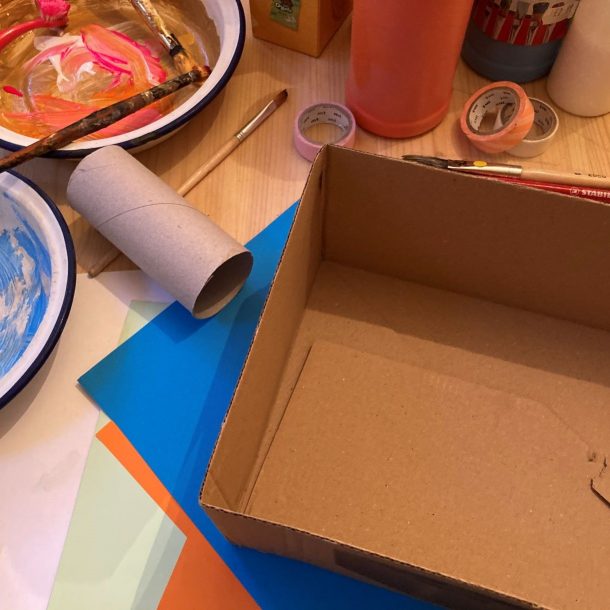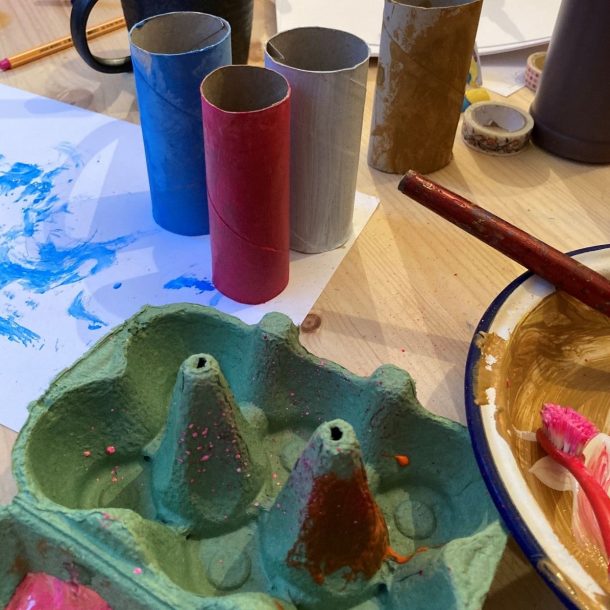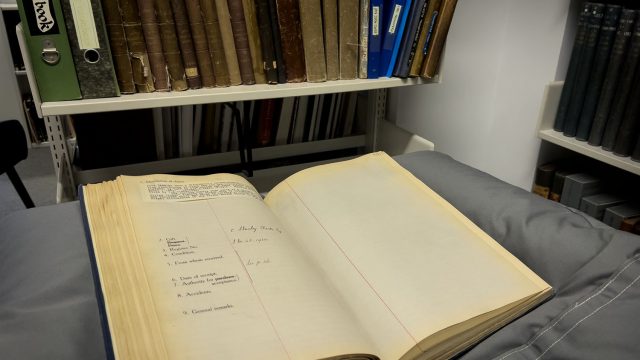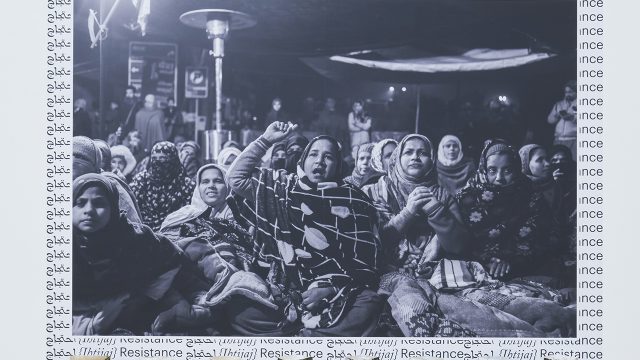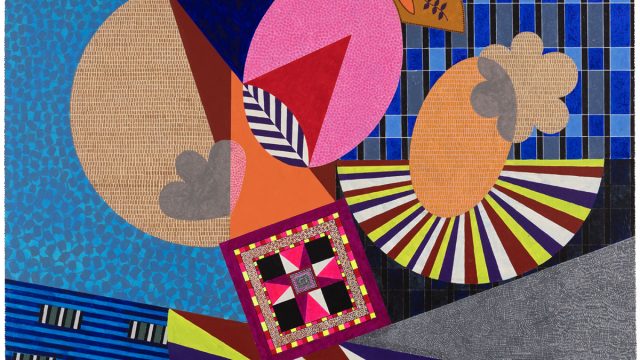What do you do when one of your favourite belongings – a mug, a jumper, or a toy – breaks? Before you reach for the bin think about how you might fix it or change it into something else!
In the V&A Museum of Childhood’s new Design Gallery we want to show people how to make everyday objects last longer. Up-cycling, re-purposing, mending and repairing – there are lots of creative ways to help us waste less.
Introducing Bridget Harvey
Bridget Harvey is an artist and a researcher. She often repairs and recycles old objects to help her make her artworks. We have been working with Bridget to create some activities for you to try, inspired by her practice.
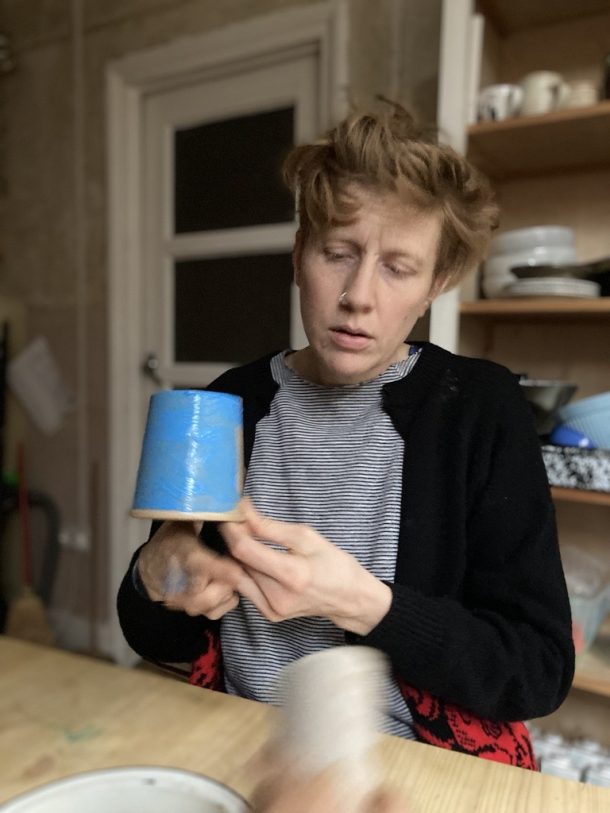
We talked to Bridget about her work and she said:
I love mending things because it’s a great way to understand how things are made and also to stop things going to waste and into landfill. I am always interested in using things I have around me already, and also materials that I don’t know about.
Inspired by the V&A collection
In our collection, there are many examples of objects that have been altered or repaired. Some were mended by sewing. Others were re-purposed by putting two objects together, or upcycled into a completely new thing. Some objects were simply left broken, but had their imperfections highlighted with gold paint.
Can you work out what has happened to these objects? What did they look like originally? What has been mended, re-purposed and upcycled?
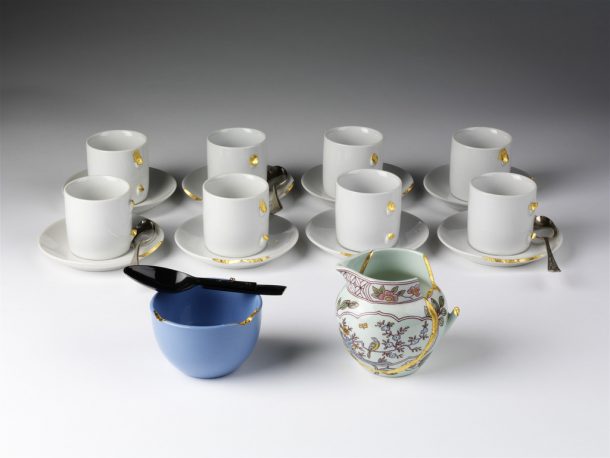
In the museum, there is a whole department whose job is to mend objects and protect them from future damage. They are called conservators. Look at how our conservators used their skills to restore Pumpie the Elephant.
Time to try our design skills
Warm-up: Mix-up and re-purpose
You will need: paper, drawing materials, glue stick, scissors, old magazines/ printer (optional)
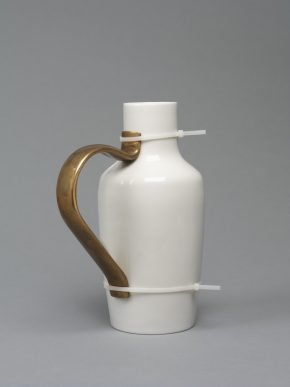
Like this jug, objects can be altered or improved by putting re-purposed parts from another object. If a teddy bear is missing an arm, or a robot toy is missing a leg, what can we re-purpose to fix them?
Bridget printed out some photographs from the V&A collection to help inspire her. If you don’t have a printer, you can look through old magazines/newspapers to collect images or draw your own.
Bridget has used a teddy bear, a teapot, a toy robot, ceramic fragments and more. Can you think of two objects you might want to put together to create a hybrid object?
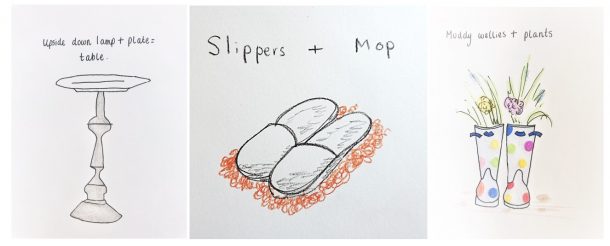
Next step: Make a mending map
You will need: something to mend, paper, drawing materials, and mending materials (fabric/paper off-cuts, strings, glue)
Can you find an object at home that needs some extra attention? Bridget has found some broken dolls’ house furniture and a doll that has a hole in it! What have you got around the house? Find something safe for you to use.
A mending map should be filled with your amazing ideas about how you can fix your objects. It doesn’t need to be anything fancy or complicated. In the museum, our conservators call these documents condition reports.
You might want to consider:
- what is the problem?
- how can you fix it?
- what materials and tools might you need to do this?
- what will be your style – will you show the mending, or do you want it to be hidden?
It’s time to try some of repairing techniques artists and makers like Bridget use. You can then practice and make some mending samples, on excess materials before you create the final version.
There are many techniques you can learn and try. Some are more suitable than others, depending on what you’re trying to fix. Below photos show some examples of re-painting, gluing, patching, and darning. Which creative techniques do you want to try?
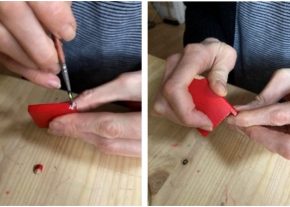
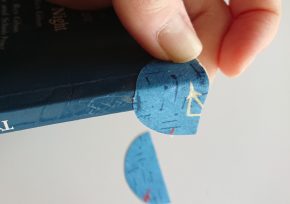
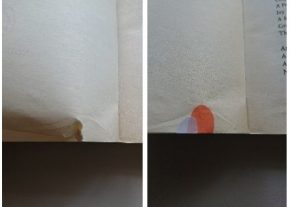
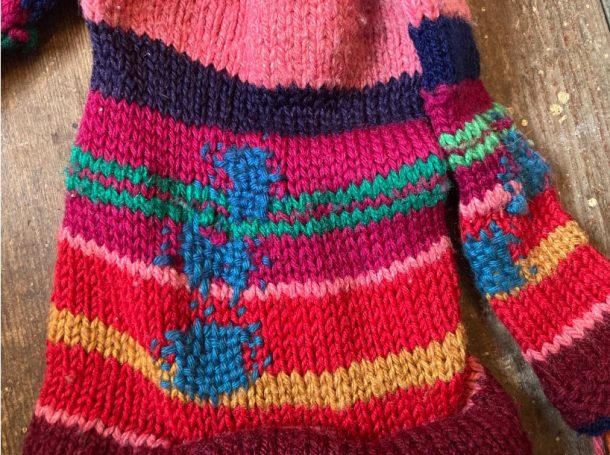
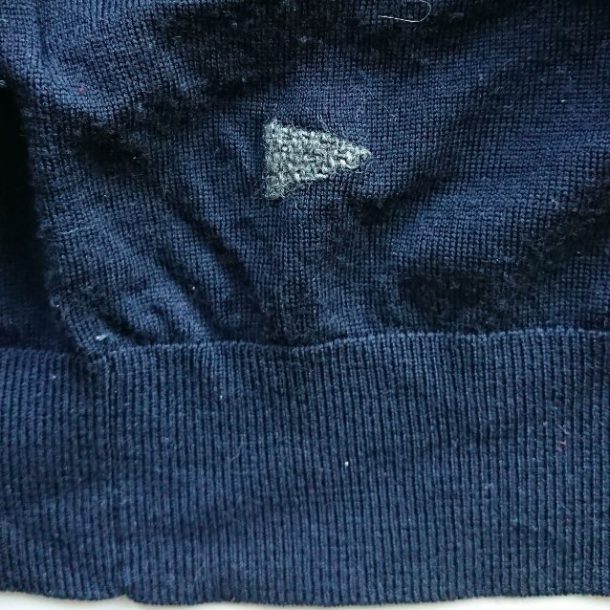
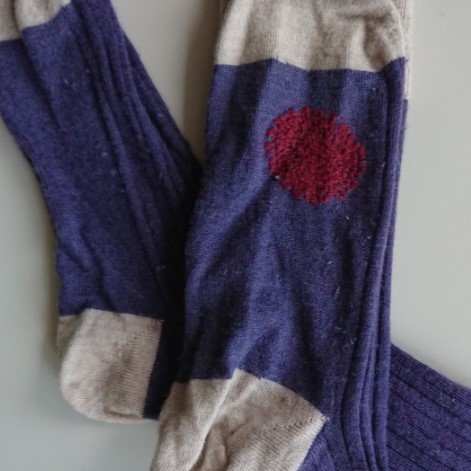
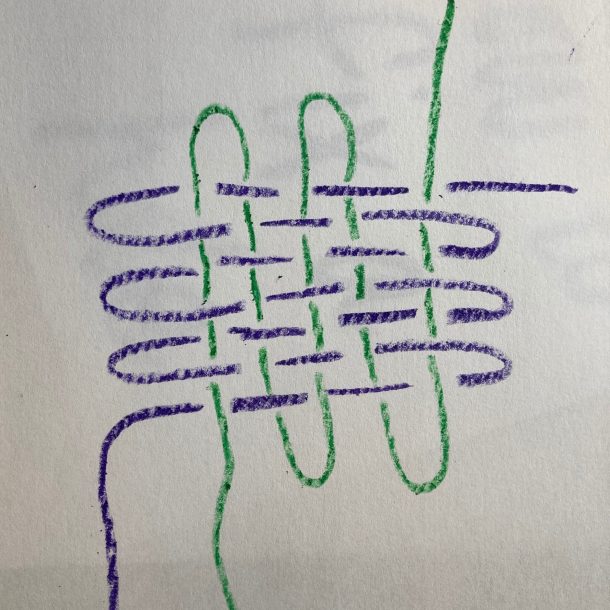
Final step: Make your own repair kit!
You will need: old boxes and containers (shoe boxes, egg boxes, kitchen roll tubes etc.), tape, scissors, decorative materials (colour paper, paint, glue sticks etc.)
By designing your own repair kit you’ll be prepared for all future breakages! People do this for their bicycles or musical instruments, in case something goes wrong. What materials might you need to have in your kit?
Use old boxes, containers and toilet roll tubes to create different compartments to put your repairing materials in.
What will you call your repair kit? What about ‘Bridget’s Complete Super Repair Kit’?
You need to think about how you want to decorate your repair kit. Bridget has used colour and pattern to make her box stand out.
Finally, to finish off the kit you need to fill the compartments with the different materials and tools you might need in the future.
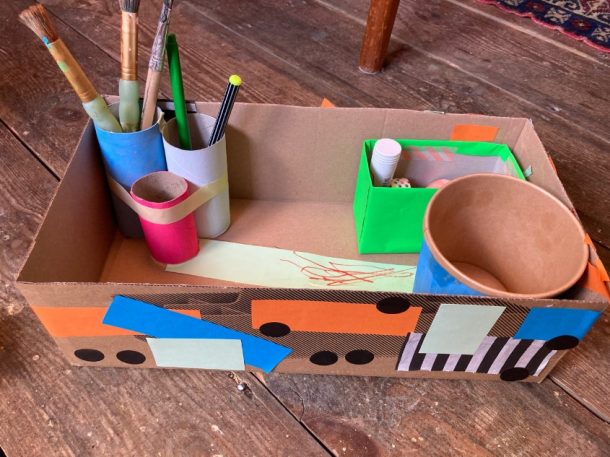
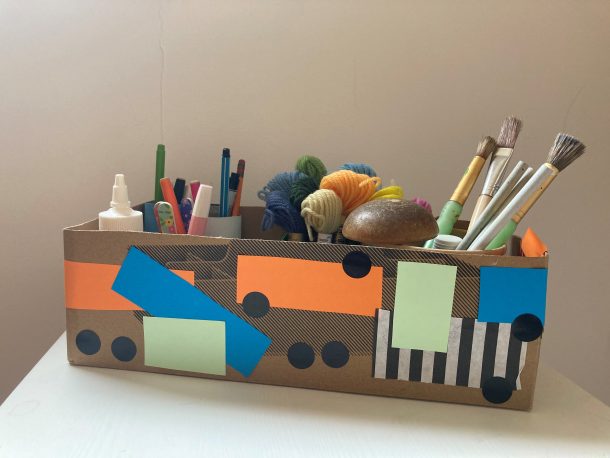
Share what you create with us by tagging @MuseumChildhood.
And don’t forget that the V&A Museum of Childhood is currently closed, but you can keep in touch by signing up to our newsletter.
